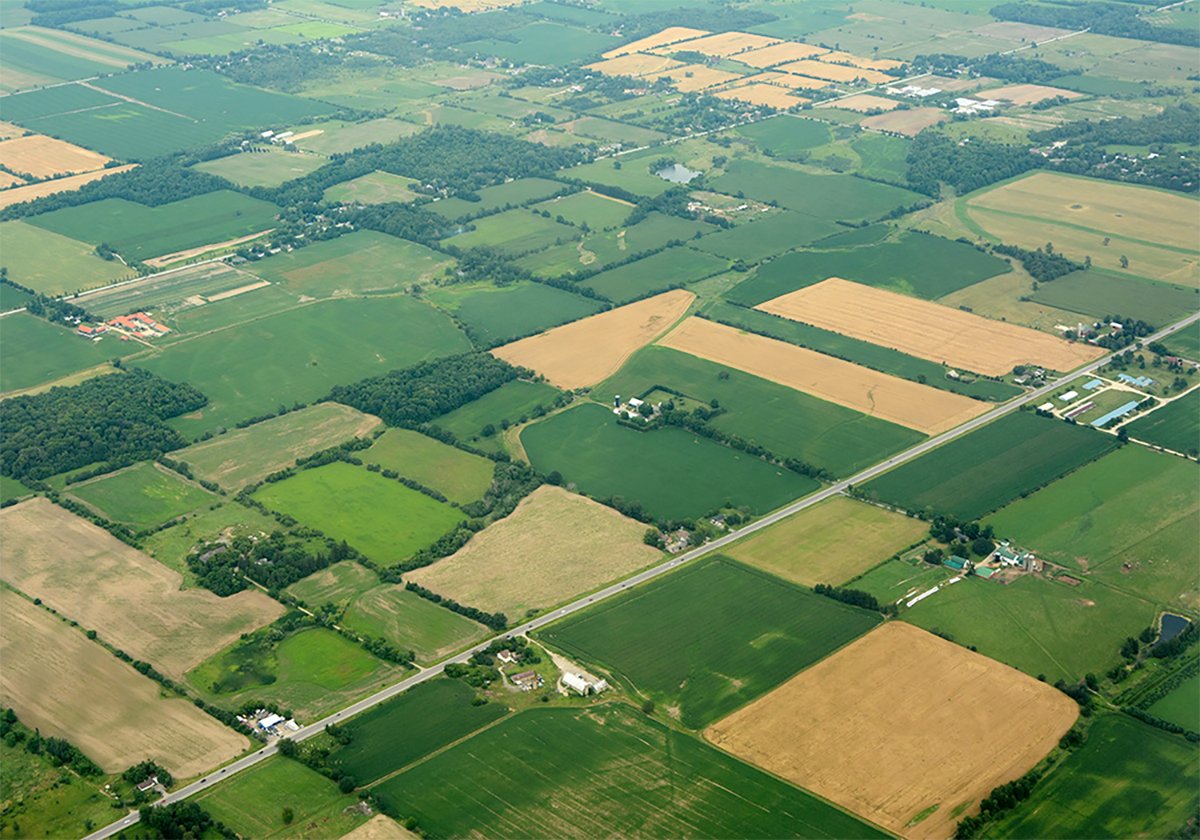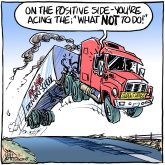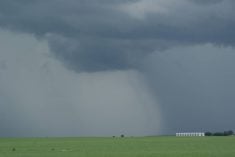THE death of the Pope has monopolized media attention this week for good reason.
Every so often there comes a watershed moment in world history when great change is possible. The election of Angelo Roncalli as Pope John XXIII in 1958 led to Vatican II and a major reform of Catholic worship and ecumenical relations. The choice of Karol Wojtyla in 1978 set the stage for John Paul II’s role in the toppling of communist regimes across Europe. Now we wait to see whether the cardinals’ choice might usher in another world shaker.
Read Also

Higher farmland taxes for investors could solve two problems
The highest education and health care land tax would be for landlords, including investment companies, with no family ties to the land.
These moments remind us that history doesn’t move in straight lines. Futurists like to crystal-ball on the basis of current trends. But the future always turns out to be unpredictable. History is full of unexpected twists and reversals that turn the trends upside down.
If we forget that, it’s easy to look at Canadian agriculture and despair. Food processing and retailing has become concentrated in the hands of giant corporations like IBP, Robin Hood and Weston/Loblaws. Inputs and farm machinery are controlled by mega-companies like Agrium and John Deere.
And increasingly the land is falling into fewer hands. Canada today has more than 15 times as many farms in the 3,000 acre plus category as it had in 1951. I met an Alberta man who was leaving his farm even though it was in good shape. He told me that one outfit had bought up all the land in his area over the years until it got so big there was no room left for a community.
“All the things that made life worth living out there are gone” the man said.
Is the trend inevitable, unavoidable? Almost certainly not. Trends don’t continue forever because limits are reached. The trend becomes unprofitable or unpalatable and its momentum is lost. Or the unexpected happens.
It may be helpful to remember there was enormous concentration in western agriculture at the end of the 19th century. In 1882, 60 percent of prairie acreage was held by ranchers with spreads of 75,000 or more acres. By 1885 almost half of the land was in the hands of four huge cattle corporations Ñ the Cochrane, Walrond, Oxley and Northwest cattle companies.
Cochrane alone controlled 350,000 acres along the foothills. In 1888, the 76 Ranch formed with 10 10,000-acre spreads between Calgary and Swift Current.
This land concentration was broken by settlers who found that the cattle companies’ immense size and absentee owners made them vulnerable. Their cattle were easy prey to rustlers, prairie fires and bad winters.
Size brings power, but it is unwieldy. Eventually financial losses, immigration pressures and corporate action by determined farmers pushed the government into a change in policy that opened the West to settlement.
However one regards the outcome of our rancher-sod buster wars, it reminds us that the unexpected happens, that power is precarious, and that watershed moments do happen.
The pendulum will swing; let’s be ready when it does. There are rural communities across Canada that are experimenting with small-scale sustainable economic projects. Someday it will be the skill and experience of those folks that leads the renewal and repopulation of rural Canada.














